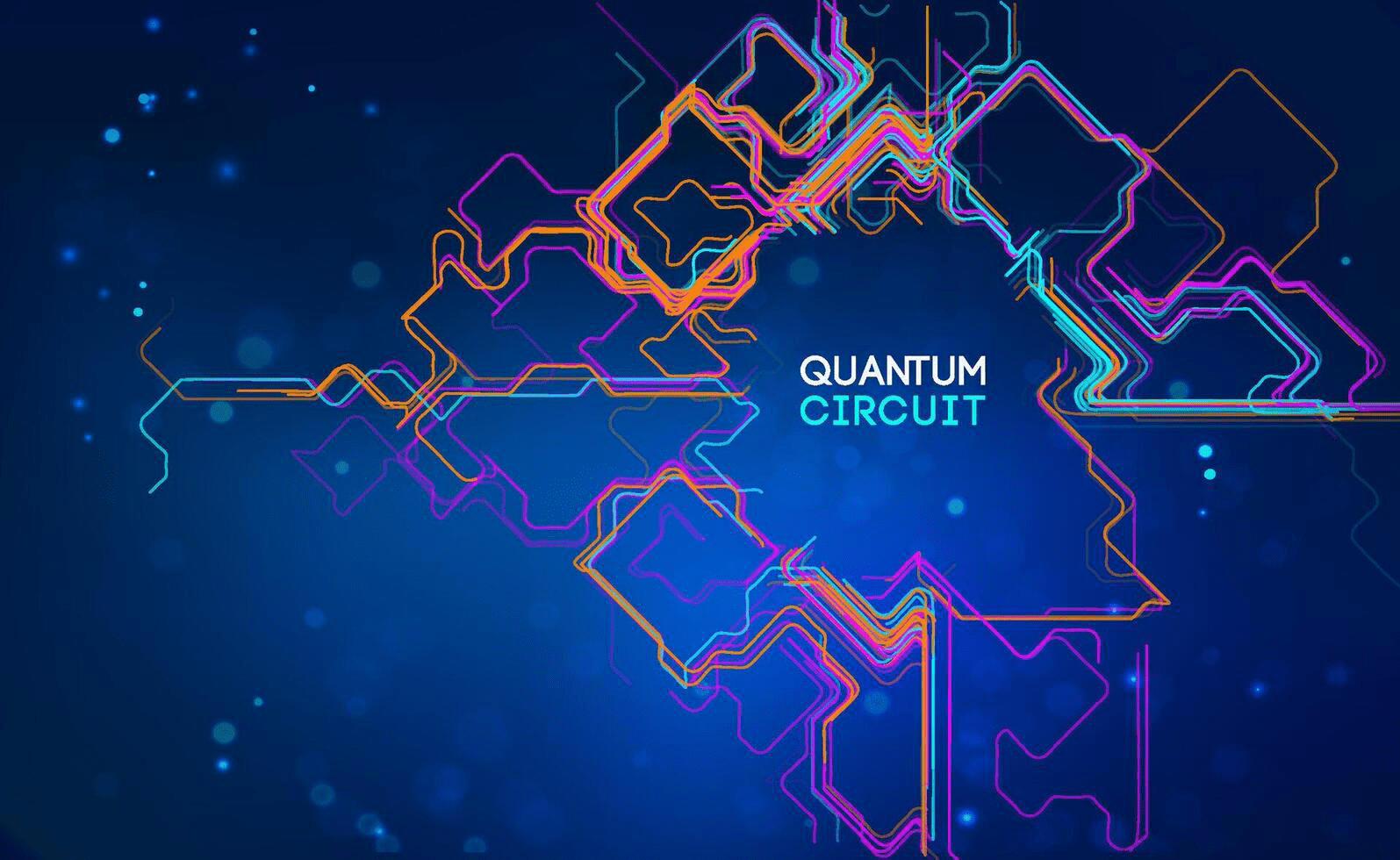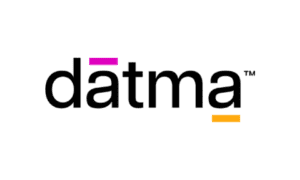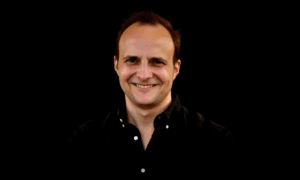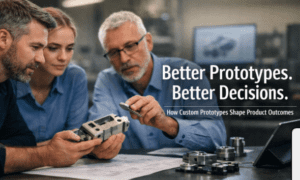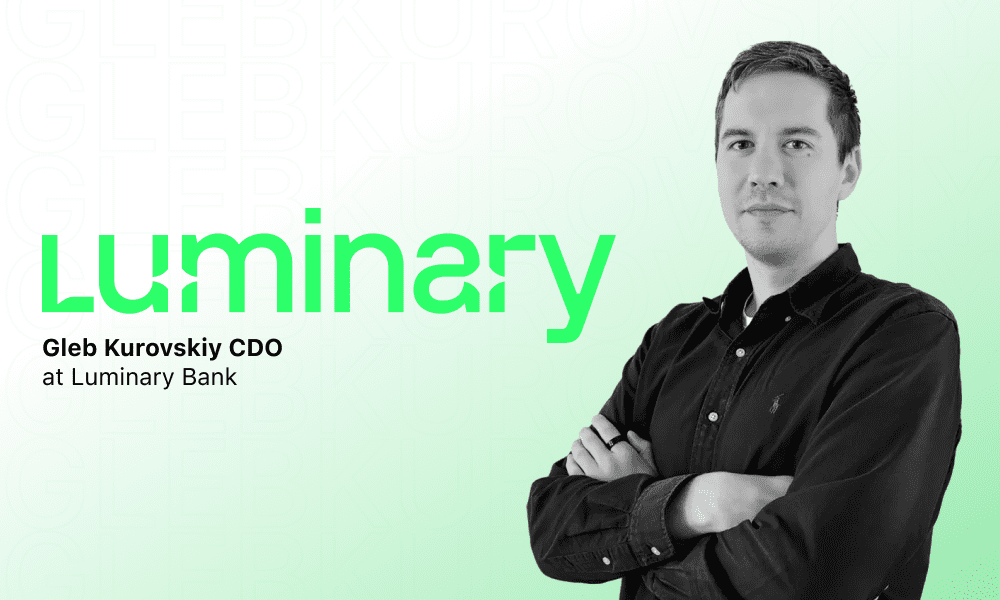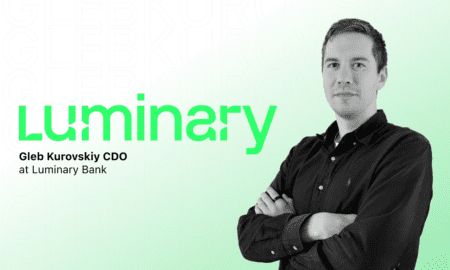Every big step forward in artificial intelligence is the result of years of hard work and quiet invention. Tamilselvan Arjunan, a software engineering manager in London and a very active researcher, has been on this trip by turning complicated quantum theories into useful algorithms that help machines learn, make decisions, and change.
His articles have appeared in numerous journals, in which Arjunan is a researcher of quantum machine learning whose contributions to the IEEE index are driving new directions, with more promising and efficient models. He investigates the idea of using hybrid algorithms, i.e. the combination of classical and quantum computing, to minimize circuit complexity and training time, without affecting accuracy.
Pioneering Hybrid Quantum Models
In his publications, Arjunan wrote papers about the problems with traditional quantum classifiers and suggested ways to make them better by looking at things like swarm behavior and evolutionary search. One of these papers, on the Quantum K-Nearest Neighbors algorithm, was published in the IEEE International Conference on Intelligent Computing and Communication Systems (ICICCS) and introduced hybrid gradient descent and golden eagle optimization to make computations more efficient. You can find it on IEEE Xplore.
Another paper, on Optimizing Quantum Support Vector Machine Circuits, also on IEEE Xplore, shows how evolutionary algorithms improve quantum model training. These contributions have helped researchers get past some of the biggest problems that were stopping them from building practical quantum systems. Unlike many theoretical papers, Arjunan’s research includes real datasets and code that others can use to repeat and build on his work.
A Researcher with an Engineer’s Mind
Arjunan is able to connect the worlds of theory and practice. He is in charge of teams at Macquarie Bank that are making big AI and data platforms that help millions of financial deals happen every day. This real-world experience affects his schoolwork by helping him understand how algorithms work in real-world settings. “When you work on real systems, you learn what algorithms can and can’t do,” he says. “That feedback loop helps me come up with research questions.”
The Square Kilometre Array Observatory (SKAO), one of the biggest radio-astronomy projects in the world, is one of his technical projects. SKAO is part of foreign scientific projects. Here, he promotes AI-assisted data processes that have the capacity to support petabyte data sets. He also demonstrates how his skills as an engineer can be applied in the advanced scientific computing.
Recognition Across the Scientific Community
A lot of important things that Arjunan did for study are still being studied today. Google Scholar and ResearchGate show that more than 300 people have used his work. This has been done by people from Harvard, Stanford, and IIT Delhi, among other places. CERN runs INSPIRE-HEP, a global database for high-energy physics and computational science writers. It also has a list of his work.
As a reader and member of the editorial board for journals such as IJIRSET and WJARR, Arjunan helps make sure that research in AI and optimization is honest and of high quality. A lot of the time, his friends talk about how he can use math, physics, and computer science together to come up with new ideas that work.
Mentoring and Open Science
Arjunan supports open collaboration and study that can be done again and again, in addition to the work he has written. People around the world have found his data science projects, notes, and lessons helpful, and he is known as a Master on Kaggle. He also writes in-depth tips on Medium that stress how important it is to be open, clear, and simple to understand when building AI.
Arjunan helps postgraduate researchers by being their mentor and giving them tips on how to make algorithms, share their work, and do computing in an ethical way. His open-source tools, such as FinModels, QuantModels, and Knapsack-Algorithm, have been downloaded by more than 1.5 million people. A lot of people from both colleges and businesses use these places.
A Growing Legacy
The next generation is changing the way they think about smart computers because of Tamilselvan Arjunan. His work has been widely quoted and his editors have been lauding him. He has an experience of uniting theory and practice. In his work it is revealed that he is concerned with being right and useful. This confirms that the most effective methods of progress are by constructing, researching, and impacts within the actual world.

